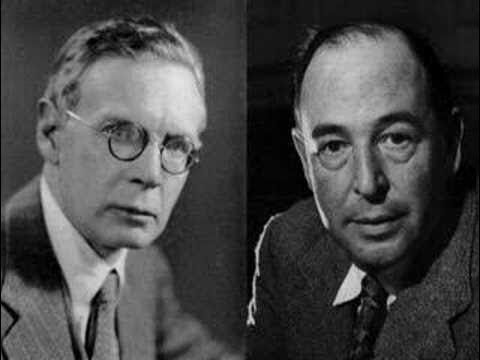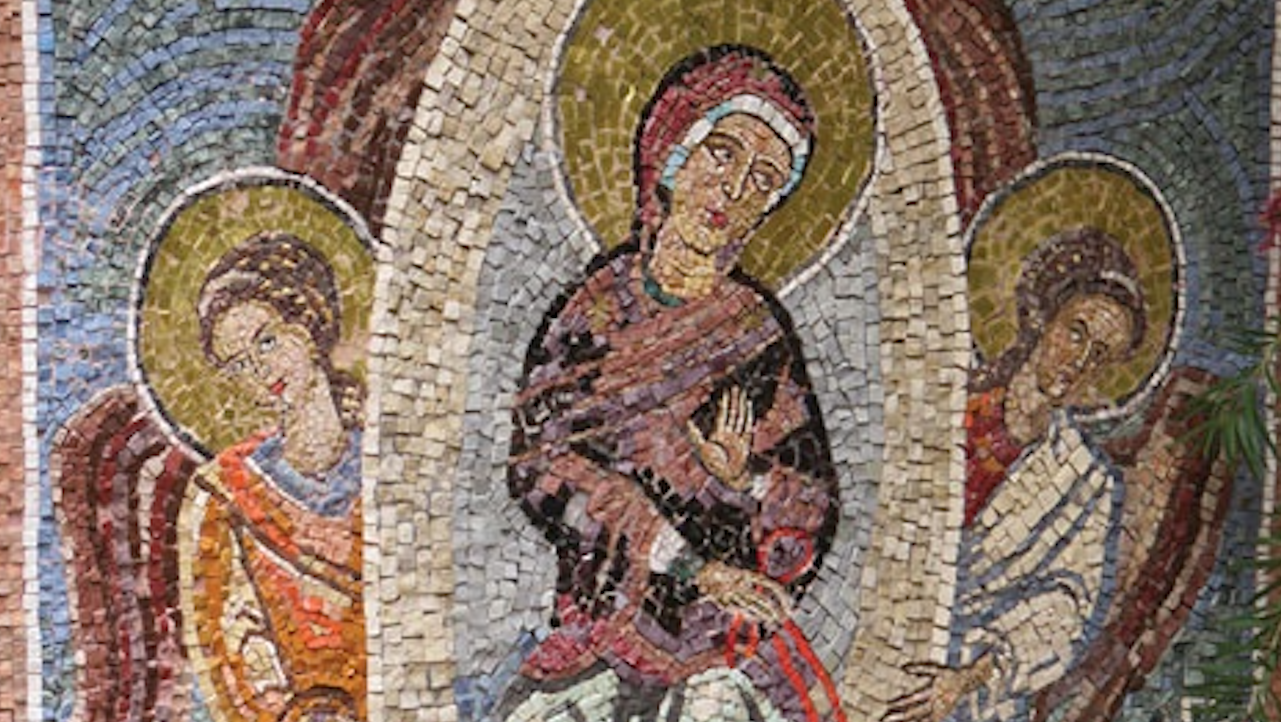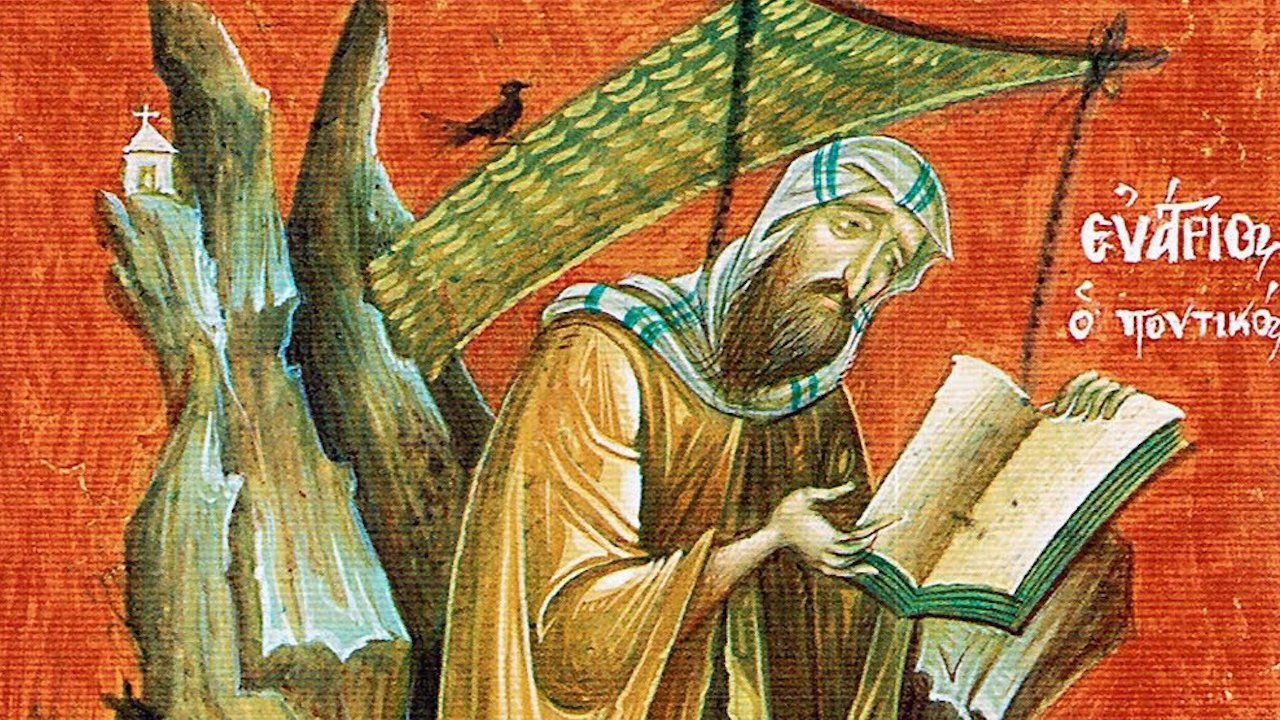The Local Option: A Review of The Curiosities of Ale
Reviewed by Arthur Machen
Feast of St James the Apostle, Brother of our Lord
Anno Domini 2021, October 23

The Curiosities of Ale reviewed by Arthur Machen
Originally printed in Walford’s Antiquarian, April 1887, pp. 229-232
Reprinted in Machen, A Reader of Curious Books (Darkly Bright Press, 2020), 29-32; available at Eighth Day Books.
It is clear that Aeschylus the Athenian had but a poor opinion of the virtues of ale; at all events, in his “Supplies” we find a character thus expressing himself:—
But the stout inmates of this brave old land
Ye will not find ale-bibbers.
The “brave old land” in question is Egypt; and with Egypt Mr. Bickerdyke begins his Institutes of Ale. Four thousand years ago, if the records “hid under Egypt’s pyramid” lie not, the land of the Nile was convulsed by a kind of Local Option movement, which resulted in a wholesale closing of beer-shops. Truly “the thing that hath been, it is that which shall be,” but beer-shops, so far, seem in no peril of becoming extinct. Mr. Bickerdyke makes but the brief stay of a paragraph in Egypt, and before long we find ourselves in Medieval England, the happy hunting-ground of the antiquarian. Divers weighty questions have to be propounded, and, if possible, resolved. A kind of beery mist rises like a veil before us, into which we peer, and vainly endeavor to discern the date of the bringing in of hops. In a letter of donations under the hand of the great King Pepin we find mention of a “humularia,” or hop-gardens, and it seems probable that hops were known, though not generally used, in Saxon times. Naturally there is a good deal about the regular clergy, commonly called “the old monks,” who have somehow acquired the reputation of being Pantagruelists before Pantagruel. However that may be, it seems certain that they had a great reverence for ale, and were sticklers for their daily allowance, requiring both quality and quantity to be above suspicion, or perhaps we should say, above proof. Awful legends are told in the monastic annals concerning the turpitude of one Roger Norreys, known as “The Wicked Abbot of Evesham.” His monks bore with him and his sins for some while, but at last, on his compelling them “to drink ale little stronger than water,” they revolted, and petitioned the Archbishop. Roger, however, seems to have taken good care to drink of the strong himself, and resembled in this point the abbot of the rhyme:
Bonum vinum cum sapore
Bibit Abbas cum Priore,
Sed conventus de pejore
Semper solet bibere.
[Good wine with flavor
The Abbot drinks with the Prior,
But the the worse, the monastic community
Is always used to drinking.]
The old maxim was that the cellarer “Pater debet esse totius congregationis” [should be father of the whole convent]; a touching proof of the high estimate in which the office was held. Full particulars are given in this admirable work of the exact allowance of ale served out to the monks, both on ordinary days and on the high days when everybody was busily engaged in “doing the great O”—that is, nothing. Next we have the witness of the poets concerning ale, from the author of “Piers the Plowman,” Chaucer and Taylor, the water poet, to the nameless quire of ballad-makers. Their testimony may be summed up in the words of one of them:
Mas Mault he is a gentleman,
And hath been since the world began; Never yet knew I any man
That could match with Master Mault.
The various species of Church ales furnish Mr. Bickerdyke with another topic. These Church ales seem to have been a very sensible method of raising money, and appear to the main to have been free from scandal. In the seventeenth century, however, “some melancholy swains” persuaded the English people that
The morrice-idols, Whitsun-ales can be
But prophane reliques of a jubilee.
They passed away therefore, like many a goodly old observance, from the English life, but are still dear to the antiquary’s heart. In reading Mr. Bickerdyke’s book we are often moved to sigh over the degenerate days in which we live. Take, for instance, this list of the contents of a gentleman’s cellar in the twelfth century:
In promptuario sive in celario sunt cadi, utres, dolea, ciphi, vina, scicera, cervicia, mustum, claretum, nectar, medo sive ydromellum, piretum, vinum rosetum, vinum falernum, vinum girofilatum.
[In the storeroom or in the cellar there are barrels, bottles, casks, cups, wine, strong cider, ale, partially fermented grape must, claret, nectar, mead or ydromellum (sweet liquor wort), perry, rose wine, falernum wine, garihofilac wine.]
What gentleman could now refresh his guest with a glass of vinum girofilatum? Too often we fear, in these days of reduced rents, the list might stand thus: “In celario sunt cadi,” all serving merely to illustrate the lines:
Quo semel est imbuta recens servabit odorem
Testa diu.
[The first scent you pour in a jar lasts for years.]
And what would have been said by the Dissenters if 300 tuns of ale, 100 tuns of wine, and “one pynt of hypocrass” had been consumed at the enthronement of the Archbishop of Canterbury? Yet in the days of Edward IV, a mere Archbishop of York thus entertained his guests. Much curious lore has been gathered and stored in these “Curiosities” on the matter of signs. Firstly we have the bush (which good wine needs not), then the ale-stake, or ale-pole, and lastly the painted or figured sign, sometimes seen combined with the primitive bush. The most elaborate sign on record is that of the White Hart at Norwich, mentioned by Sir Thomas Brown in 1663. It was in 1655, and is said to have cost £1,000. There were on it “a great many stories as of Charon and Cerberus, Actaeon and Diana,” and this masterpiece of carved and painted work remained undestroyed till the end of the last century. A poor wit; a member of the “shoe-black seraph” gild of authors, was once staying at the White Horse, on the old Bath road, and having (we may safely assume) eaten of the fat and drunken of the strong, had to spend such another quarter of an hour as that memorable in Rabelaisian story. But the landlord was generous and forgave the author his score, and he, in return, wrote large beneath the sign (naming other inns in the neighborhood):
My White Horse shall beat the Bear,
And make the Angel fly;
Shall turn the Ship quite bottom-up,
And drink the Three Cups dry.
By the kindess of Messrs. Field & Tuer we are able to give two of the cuts which quaintly adorn “The Curiosities of Ale and Beer,” and our readers may rest assured, that if these but meagerly represent the illustrations, our remarks do scarcely more justice to the letterpress. The Athenaeum, in reviewing the work, declared that it ought to have been dedicated to “the most noble and illustrious tosspots and thrice precious profligates” of Rabelais’ Prologue; and so say we, for these “Curiosities” are “fair, goodly books, stuffed with high conceptions.”
Contribute to Cultural Renewal by Sharing on Your Preferred Platform
In an isolating secularized culture where the Church's voice is muffled through her many divisions, Christians need all the help they can get to strengthen their faith in God and love toward their neighbor. Eighth Day Institute offers hope to all Christians through our adherence to the Nicene faith, our ecumenical dialogues of love and truth, and our many events and publications to strengthen faith, grow in wisdom, and foster Christian friendships of love. Will you join us in our efforts to renew soul & city? Donate today and join the community of Eighth Day Members who are working together to renew culture through faith & learning.








